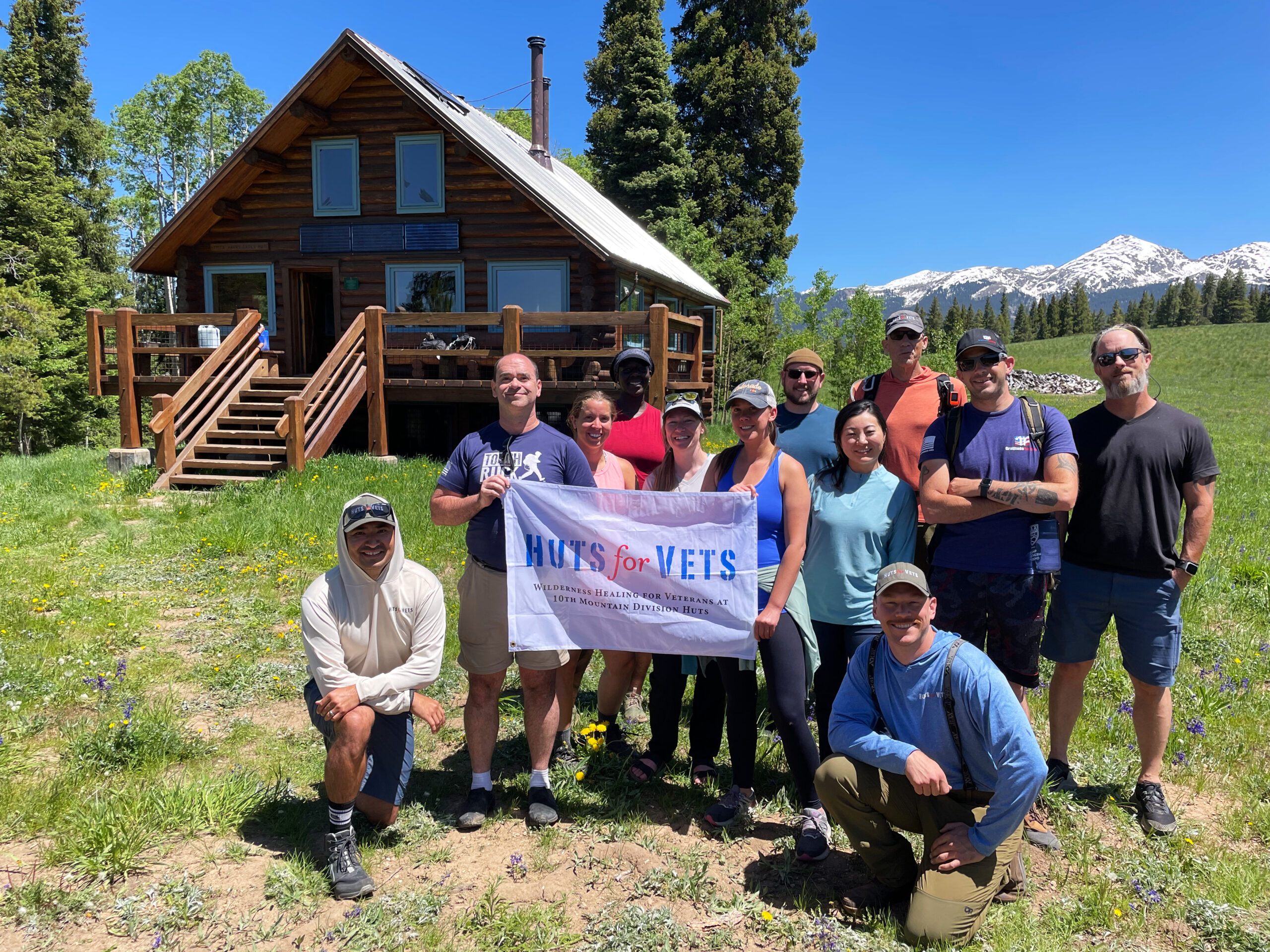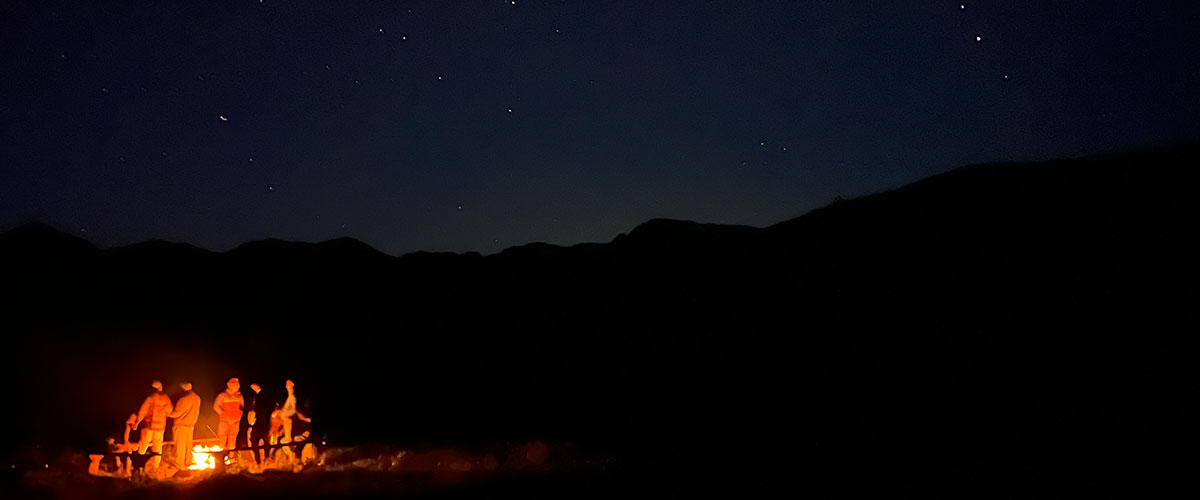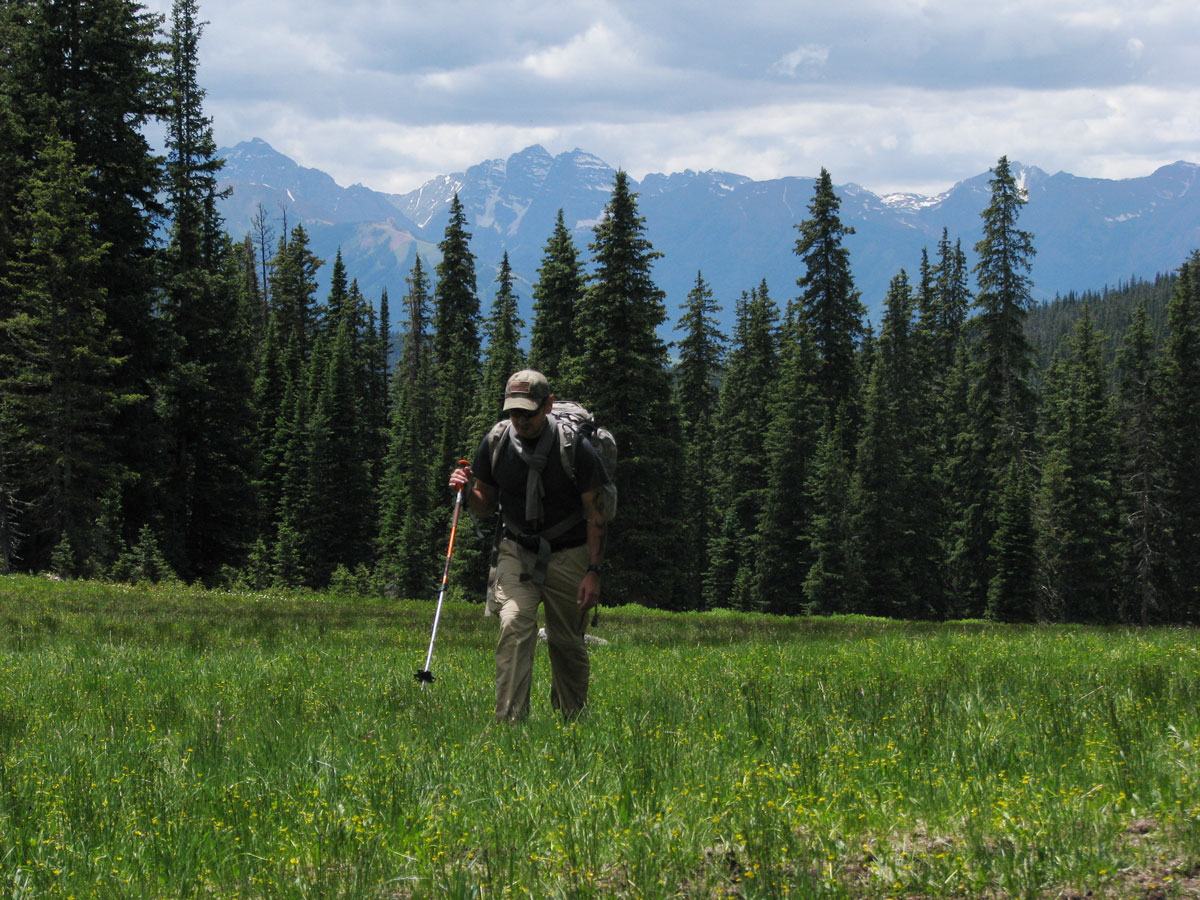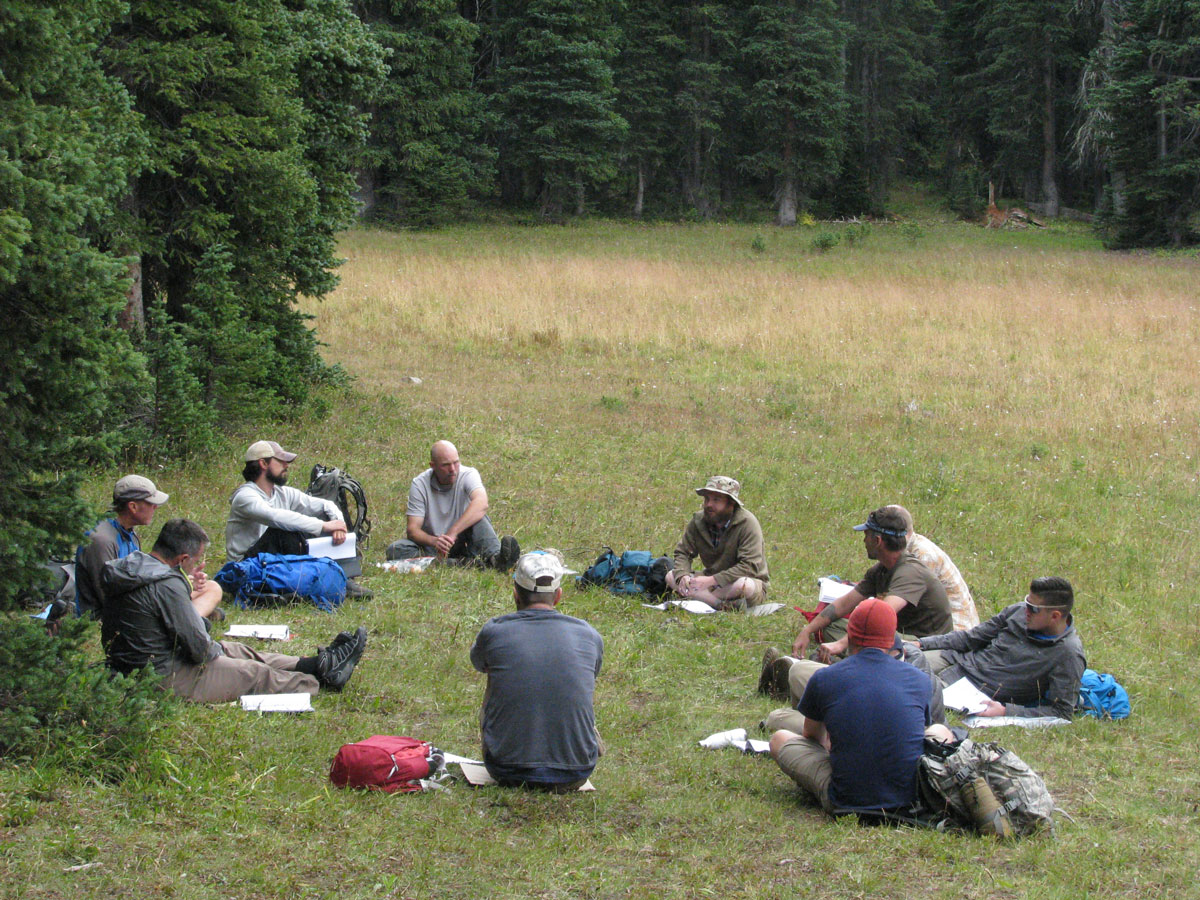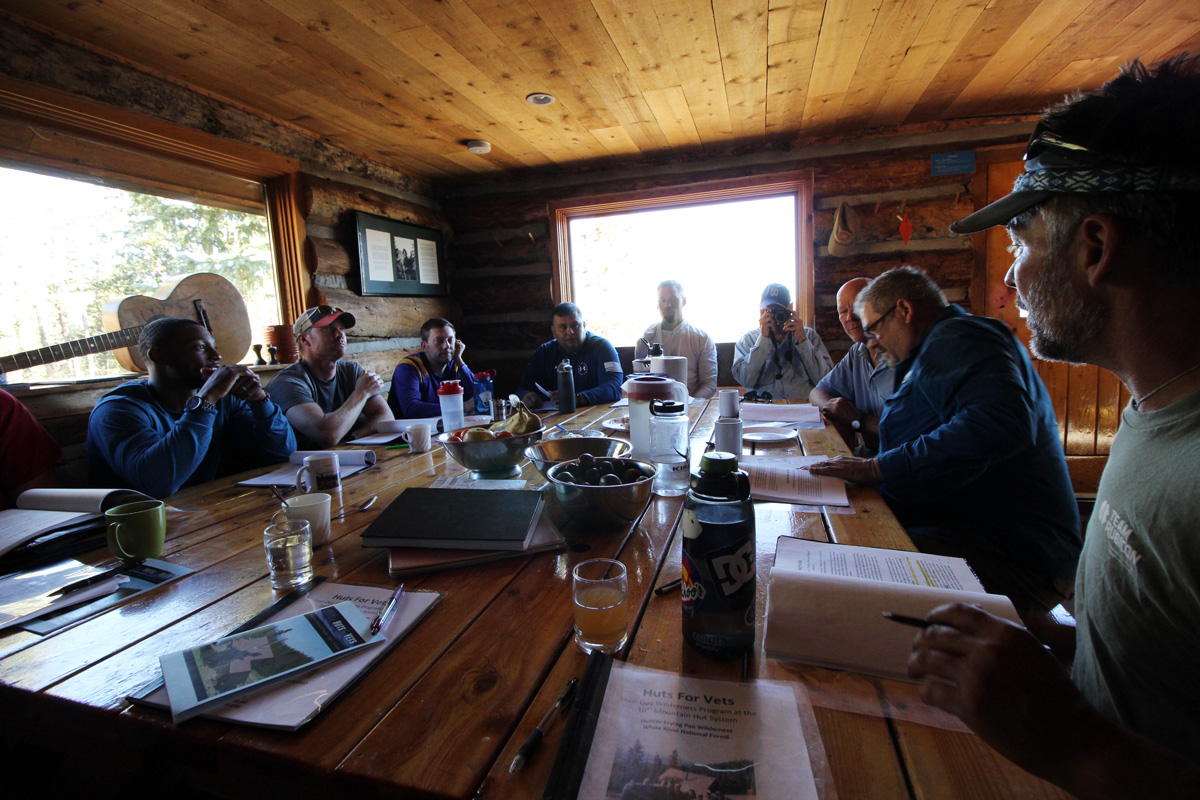We are honored to partner with Glenwood Springs Ford and participate in their Community Partner Program for August.
End of 2022 Season Recap
HFV Completes its 10th Season
This year marks the 10th year of Huts for Vets serving our nation’s veterans, hosting six trips in the pristine White River National Forest in partnership with the 10th Mountain Division Hut Association. Our mission began as an experiment to combat veteran suicide, initially helping only male combat veterans. Since then, the mission expanded to encompass all US veterans regardless of combat experience or gender – as their service and sacrifices left them no less physically and psychologically wounded. We are honored to serve the men and women that answered the call to serve their country.
2022 Sheriff’s Cup

Memorial Day Fundraiser WOD
Bristlecone Mountain Sports & Faux Reel Films presents: It’s All Up Hill From Here, the John Seipel Story
February 24, 2022 @ TACAW Doors open at 5:30PM

Who: Bristlecone Mountain Sports, Faux Reel Films, Huts For Vets 10th Mountain Hut Association, Polar Star Inn, FastG8
What: Premier of “It’s All Up Hill From Here, The John Seipel Story” along with other short films related to Veterans and a couple HFV short films by Krysia Carter-Gietz
Where: The Art Center at Willits (TACAW) 400 Robinson St, Basalt, CO 81621
When: February 24, 2022 Doors open at 5:30 PM, Show at 6:30 PM
Why: To raise money for Huts For Vets and awareness of mental health issues that effect the RFV and beyond.
“It’s All Up Hill From Here” is a 24 min ski adventure about John Seipel, the outdoorsman that built 7 of the 10th Mountain Division Hut Association huts and redefined back country living. The story follows John, Shawn, Nick and the expedition team on a 8 day hut to hut backcountry ski tour. They revisit the past to determine the future in this once in a lifetime opportunity for adventure. Shot on location in Colorado’s wild places.
As the builder of the Polar Star Inn John innovated many hut designs and helped to pioneer the backcountry ski culture that prevails today. Faced with having to let that lifestyle go, John has to pass on his cabin in the woods. But who is worthy to carry the torch of the Polar Star Inn?
Compassion Fest and Film Festival “Walk With Frank”
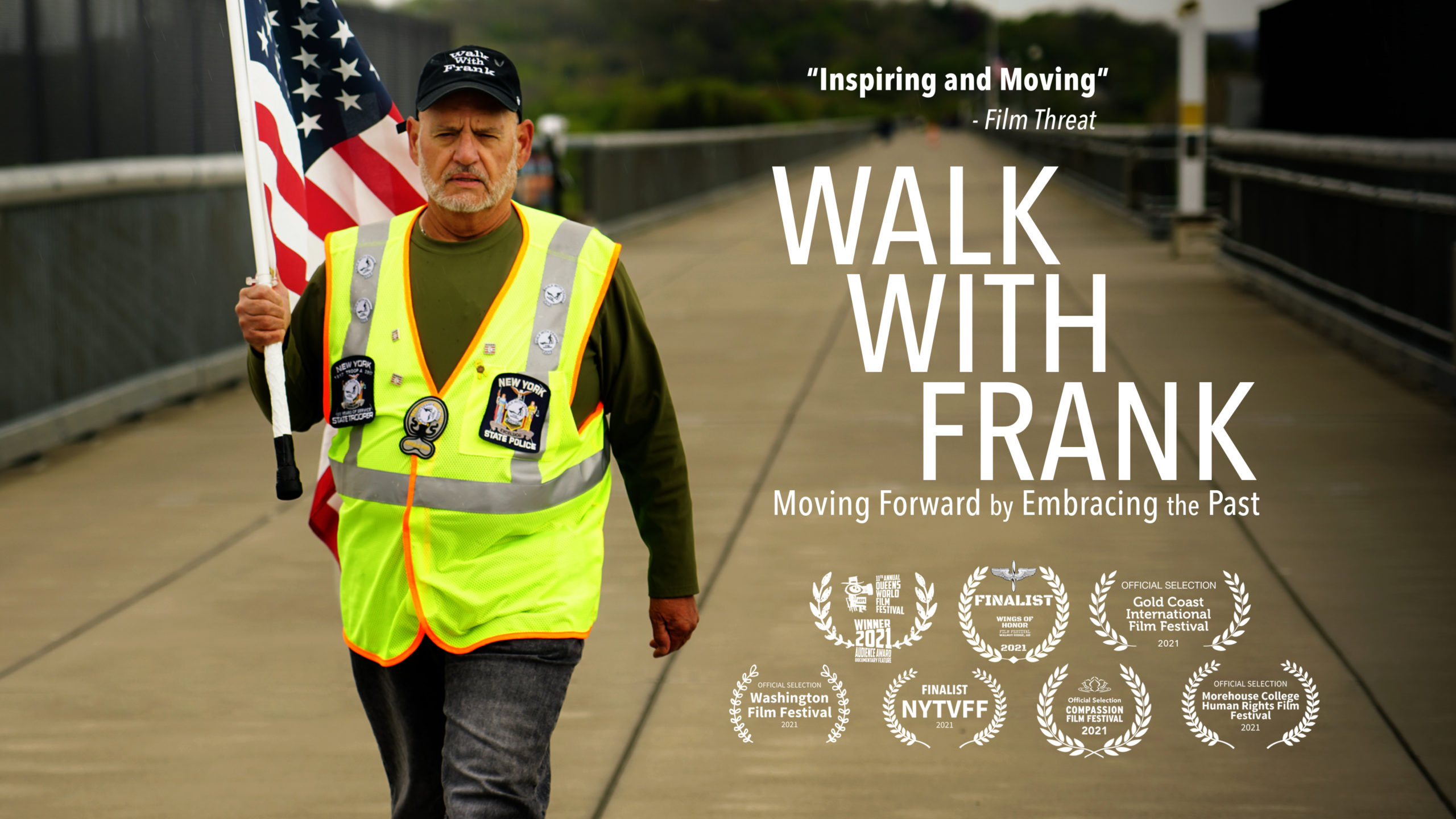
We believe that walking is an essential ingredient to well being.
Meet our New Program Director
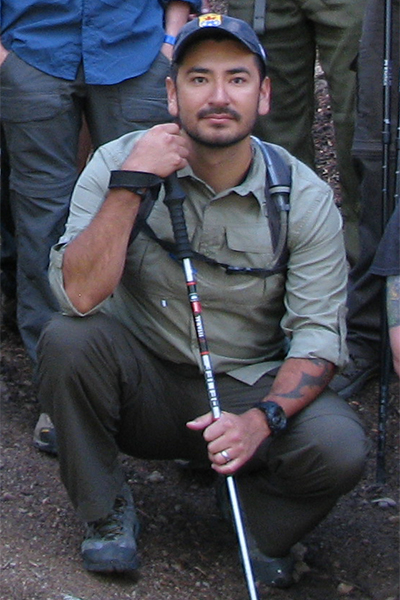
My name is Erik Villaseñor. I served in the US Army as an infantryman from 2006 to 2012, with two combat deployments to Iraq and Afghanistan. I’m 33 years old. I’m a husband, a father of two amazing children, a reader and writer, hiker and mountain biker. I’m also thrilled to announce that I am the new program director of Huts For Vets.
It’s All About Attitude
Life Lessons from Tom Brown’s Field Guide to Wilderness Survival
When I first pondered Tom Brown’s Field Guide to Wilderness Survival, I was sitting in a small discussion circle with fellow combat veterans atop Mt. Yeckel at 11,200 feet above sea level watching a storm huddle over distant peaks.
HFV Suggested Reading
What we’ve discovered in our six years of leading men and women veterans and active duty service members into the wilderness is that most participants are philosophers and deep thinkers. We believe this is because military service has exposed many to deep reflections of life, death, and the meaning of existence. The level of conversation is refreshing in a modern age where most people barely look up from their screens to acknowledge those around them.
My Huts for Vets Experience
Life After Huts for Vets
By Erik Villaseñor
Spending three days in the wilderness surrounded by vast mountain ranges, lush forests, and running streams can do amazing things to your mind, body and soul. Mix in the camaraderie of a small group of veterans led by an organization with a passionate sense of service to help heal veterans, and you have yourself a life changing experience – one that I truly believe can help those who have experienced war, have been greeted by the Darkness, and look to acknowledge its presence in a healthy and respectful way.
By integrating a wilderness therapy program into a warrior’s return into society, you’re arming him/her with an alternative way to cleanse the warrior mind and spirit. Studies have shown, and history tells us, that Mother Nature plays a huge role in mental health. Our connection to nature is primal and deeply rooted in our psyche, playing a crucial role in our cognitive functions (re: Your Brain on Nature). This leads to the conclusion that those who have experienced combat should return to the wilderness to seek peace, solitude and meaning in their now transformed mind.

